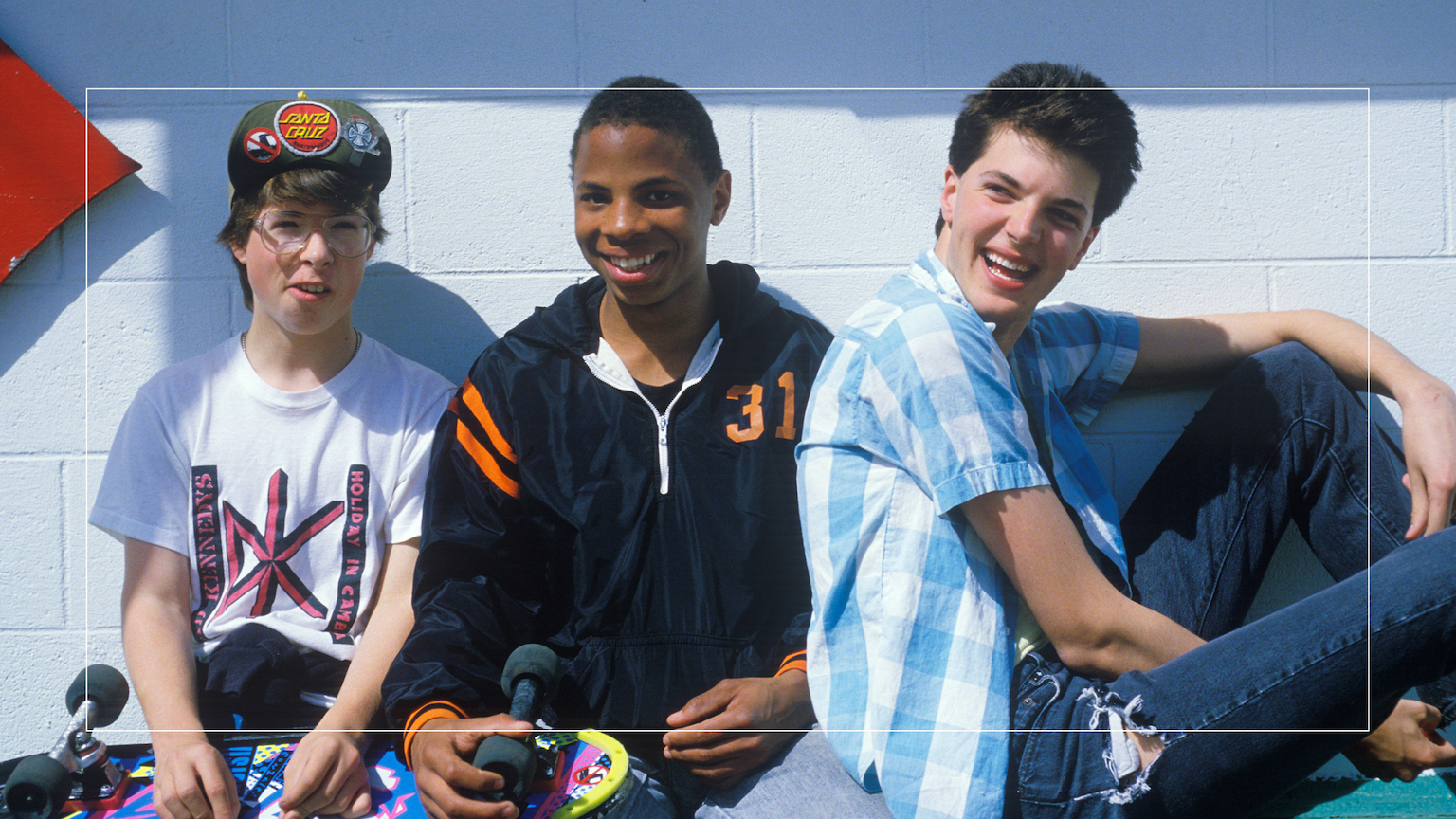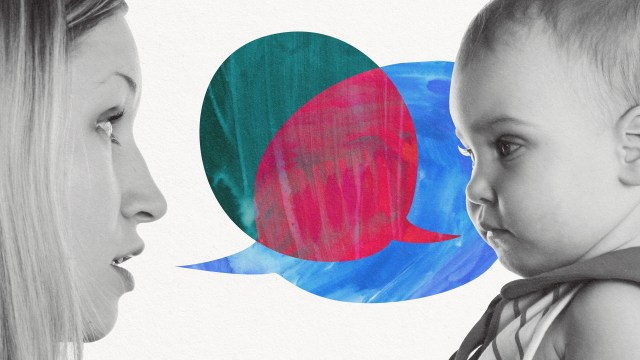Teen friendship has suffered a seismic shift over the past 20 years — with depressing results

- In 1996, U.S. 10th graders went out with friends an average of 2.5 times per week, according to the long-running Monitoring the Future project at the University of Michigan. By 2020, before the pandemic upended life in the U.S., the rate had collapsed to 1.5 times per week.
- The striking decrease really kicked into overdrive in 2012, when for the first time the majority of teens owned smartphones and more than 70% used social media daily.
- As teenage friendship has markedly changed over the last decade, teenage depression has roughly doubled.
Teenage friendship looks a lot different than it did just 20 years ago, and we may already be seeing the adverse repercussions. As San Diego State University professor of psychology Jean Twenge discussed in her recently published book, Generations: The Real Differences Between Gen Z, Millennials, Gen X, Boomers, and Silents, teens spend much less time socializing in person today than they did in the early 2000s.
“Beginning in the 2000s and accelerating during the 2010s, teens started spending less and less time with each other in person — whether that was just hanging out, going to the mall, driving around, or going to parties,” Twenge wrote.
You can probably guess why. For Gen Zers, born between 1995 and 2012, social media apps like Snapchat, Instagram, and TikTok largely supplanted in-person socializing. Friendship has moved online.
An increasingly online social life
In 1996, 10th graders in the U.S. went out with friends an average of 2.5 times per week, according to the long-running Monitoring the Future project at the University of Michigan. A decade later, as AOL Instant Messenger became popular, that number had fallen slightly to 2.3 times per week. By 2020, before the pandemic upended life in the U.S., the rate had collapsed to 1.5 times per week.
The swift social upheaval revealed in the data is striking. Starting in 2012, when for the first time the majority of teens owned smartphones and more than 70% used social media daily, teens started seeing each other in person less and less outside of school settings.
“Adolescents and young adults in 2019 spent 25 minutes less a day socializing in person with others than those in 2012,” Twenge wrote. “That translates to three hours a week, 13 hours a month, and 152 hours a year less in the company of others.”
The digital friendships that are replacing personal friendships are arguably not as fulfilling: Text conversations and video chats are generally less rich in terms of breadth, context, vocal tone, and important body-language cues. What’s more, the always-on nature of social media and smartphones means that the percentage of teens who get less than seven hours of sleep on most nights has risen from 34% in 2012 to 49% in 2020. These two trends make for a pernicious cocktail.
“People who don’t sleep enough and who spend less time with others face-to-face are more likely to be depressed, and that’s what has happened en masse to teens and young adults,” Twenge said.
A unique and concerning shift
As data from Monitoring the Future shows, the proportion of 12th graders in the U.S. with high depressive symptoms remained fairly consistent between 1989 and 2012, between about 10% and 15%. Since then, that rate has nearly doubled. A CDC report published earlier this year showed that teen girls are experiencing higher rates of mental health problems compared to past years, with the proportion reporting that they have seriously considered suicide up almost 60% from a decade ago.
It’s annoyingly common for adults to fret and complain about “kids these days.” However, this seismic shift in the nature of teen friendship seems to be a different beast entirely, with genuinely nefarious effects compared to the imagined problems posed by rock music, video games, and all the other trends that adults squawked about in recent decades. None of these fundamentally altered how teens socialize. Social media has. And the experiment has already had decidedly negative results.





